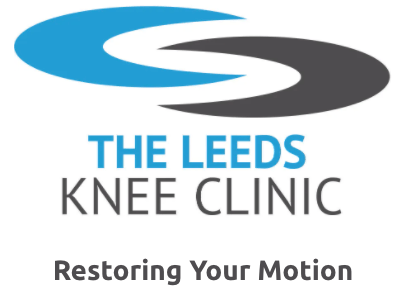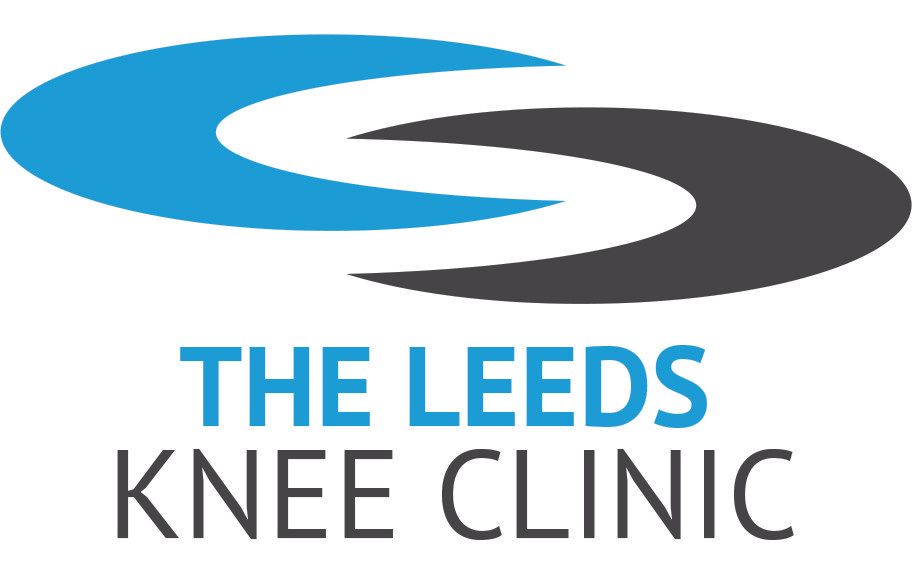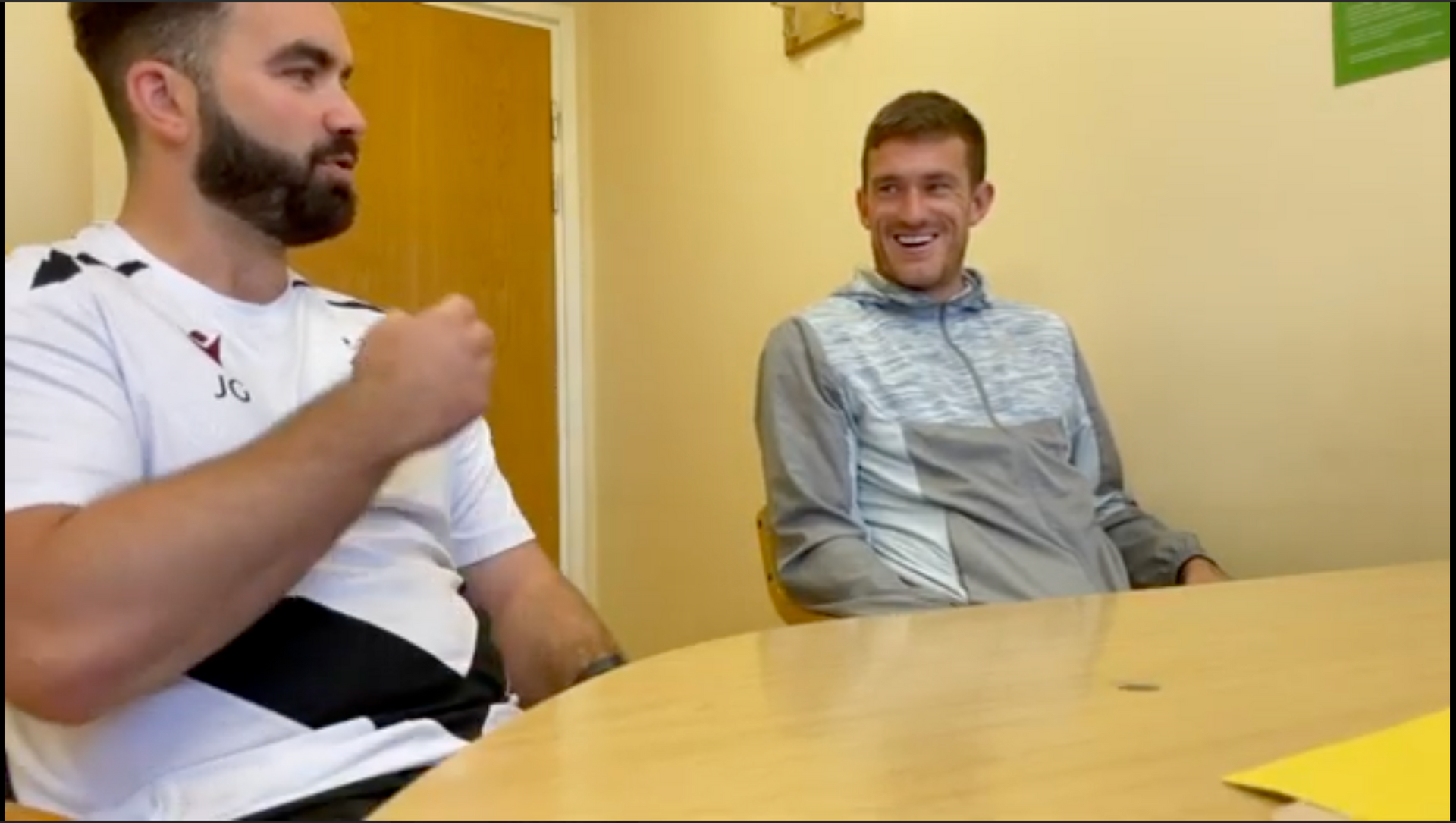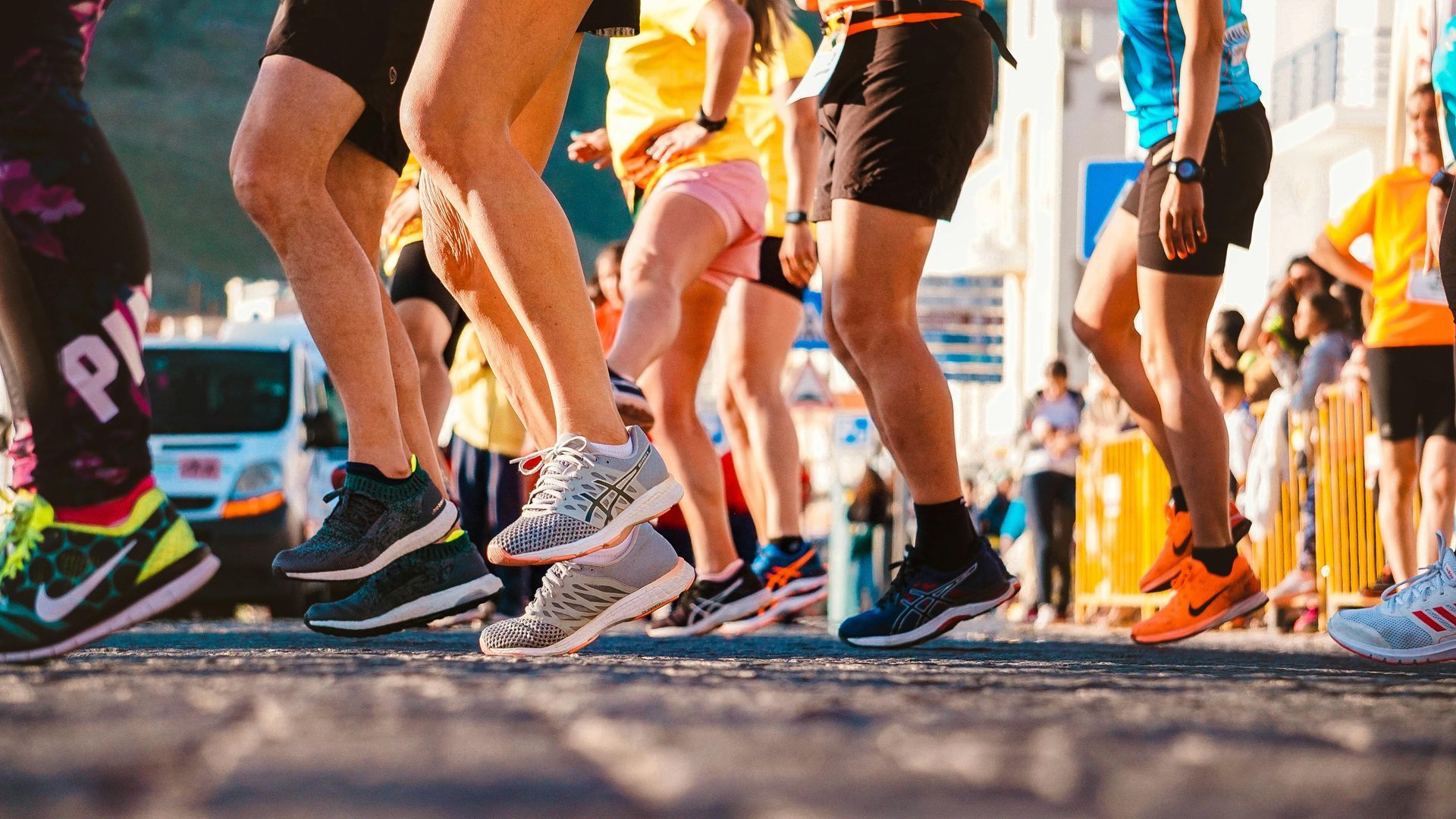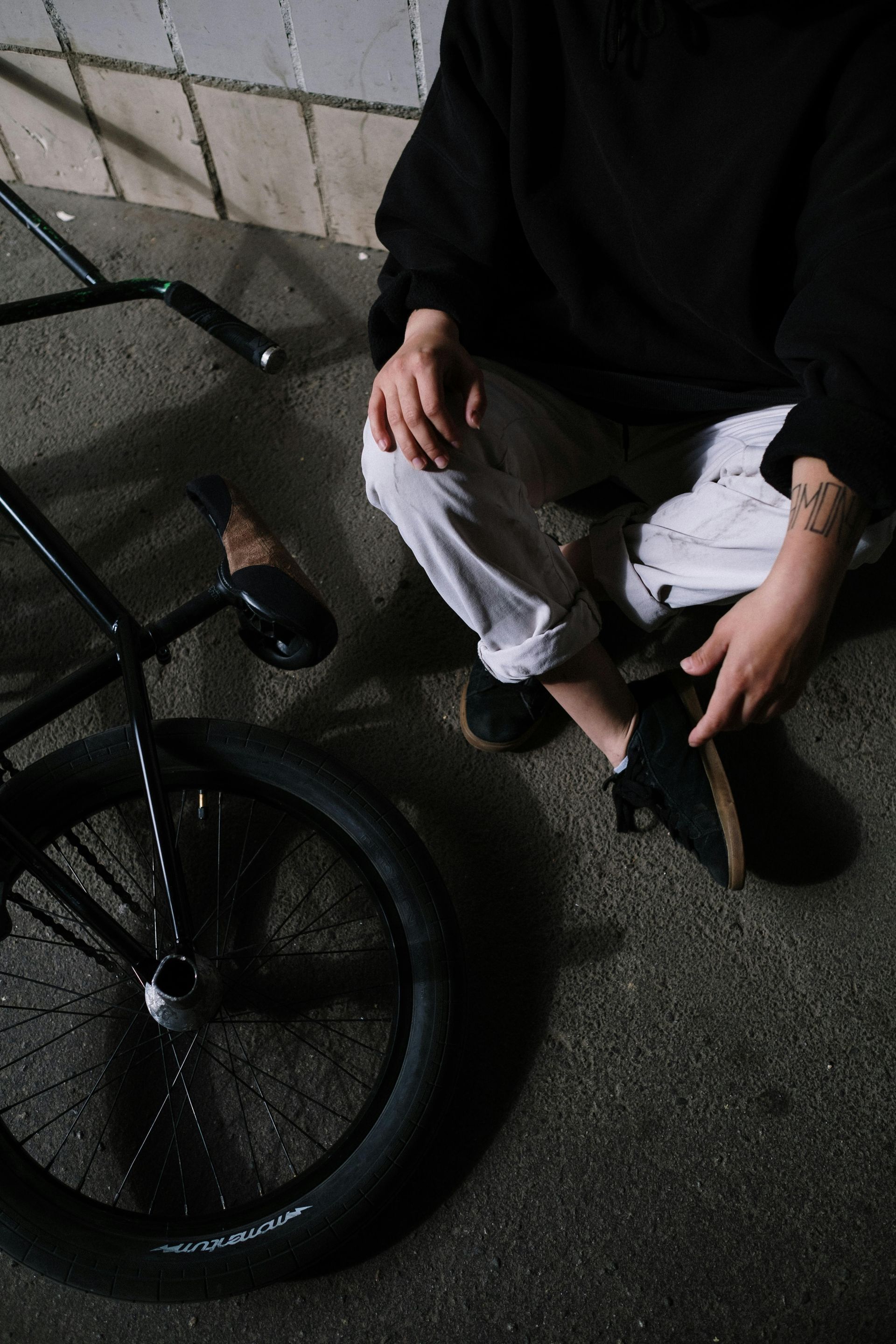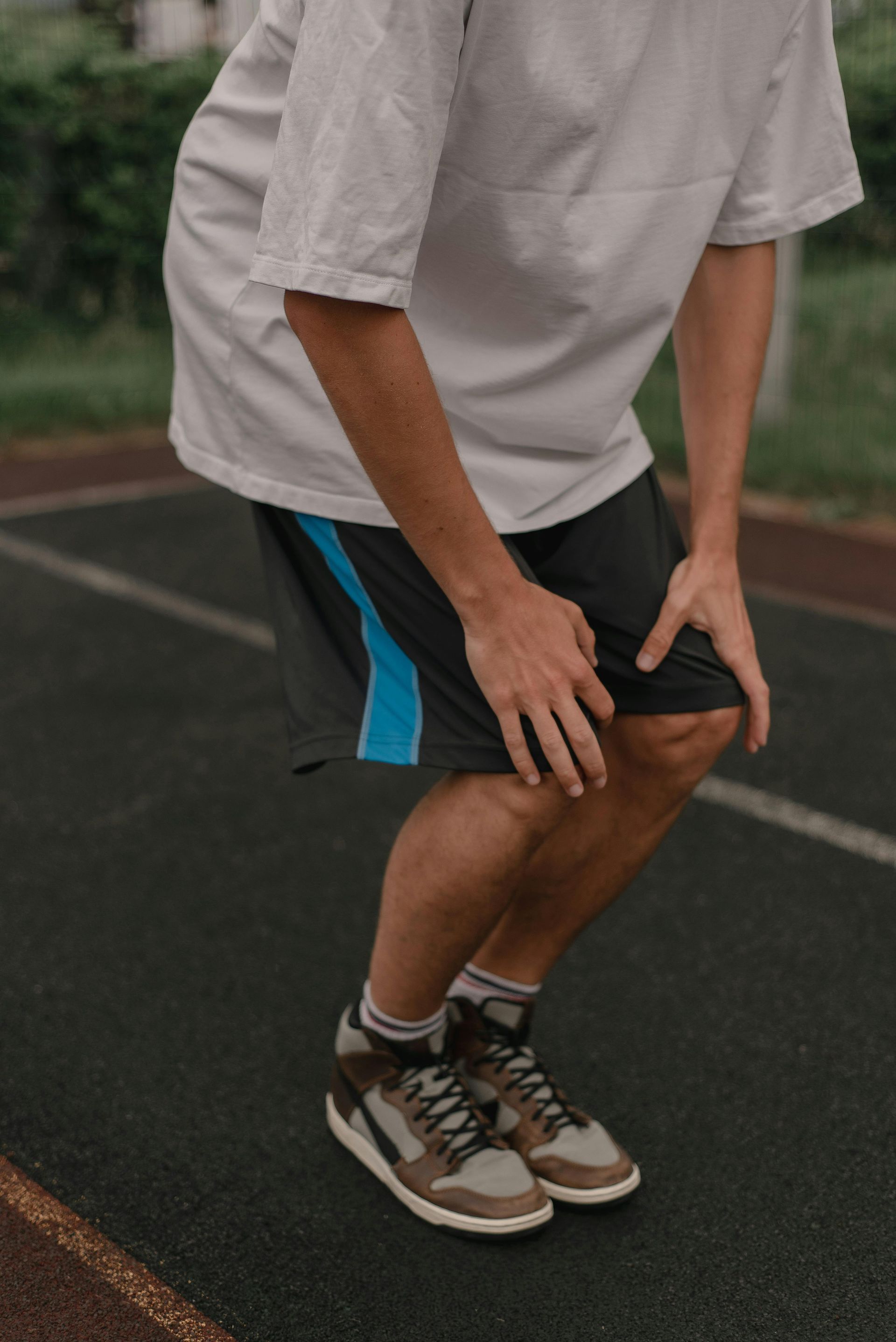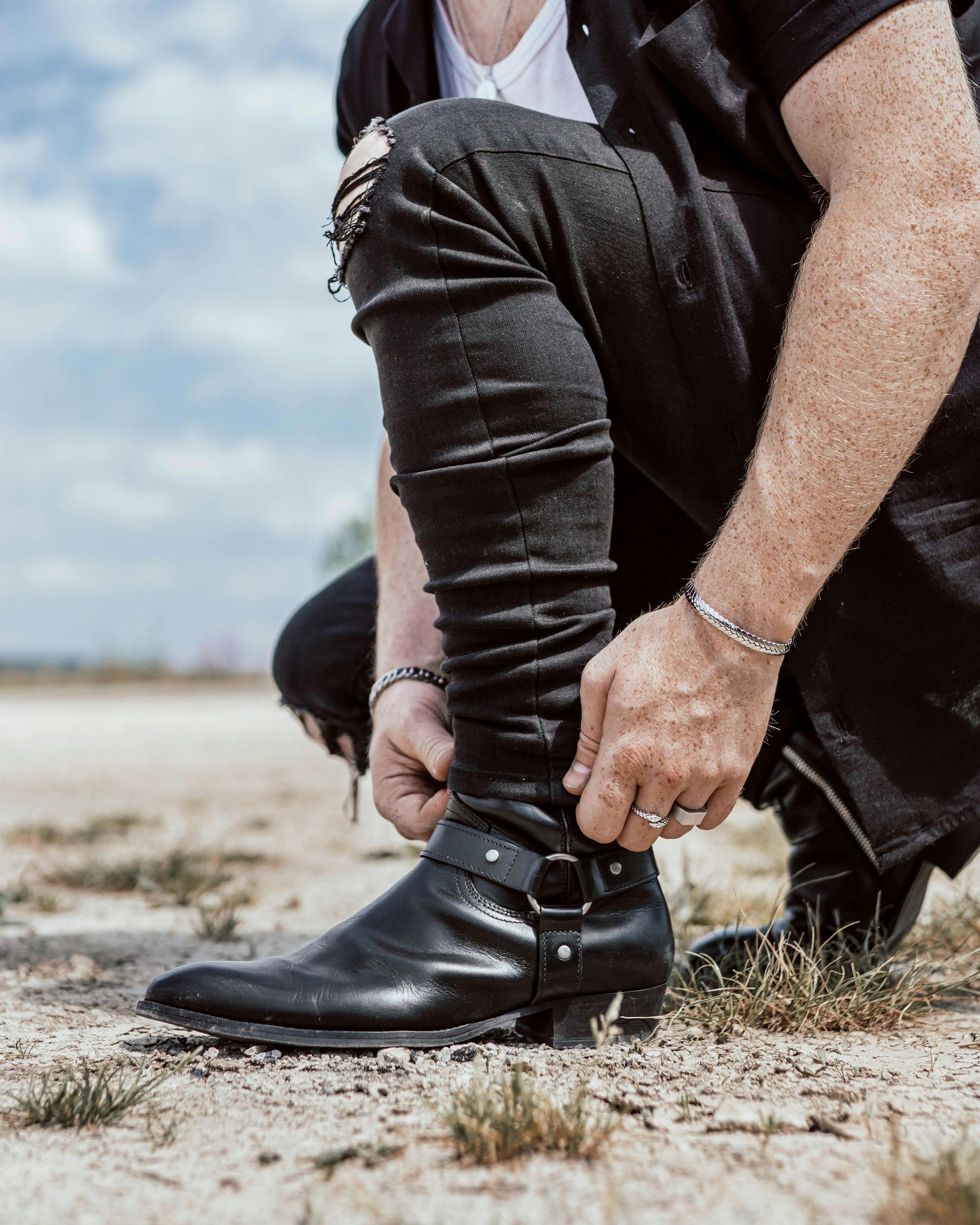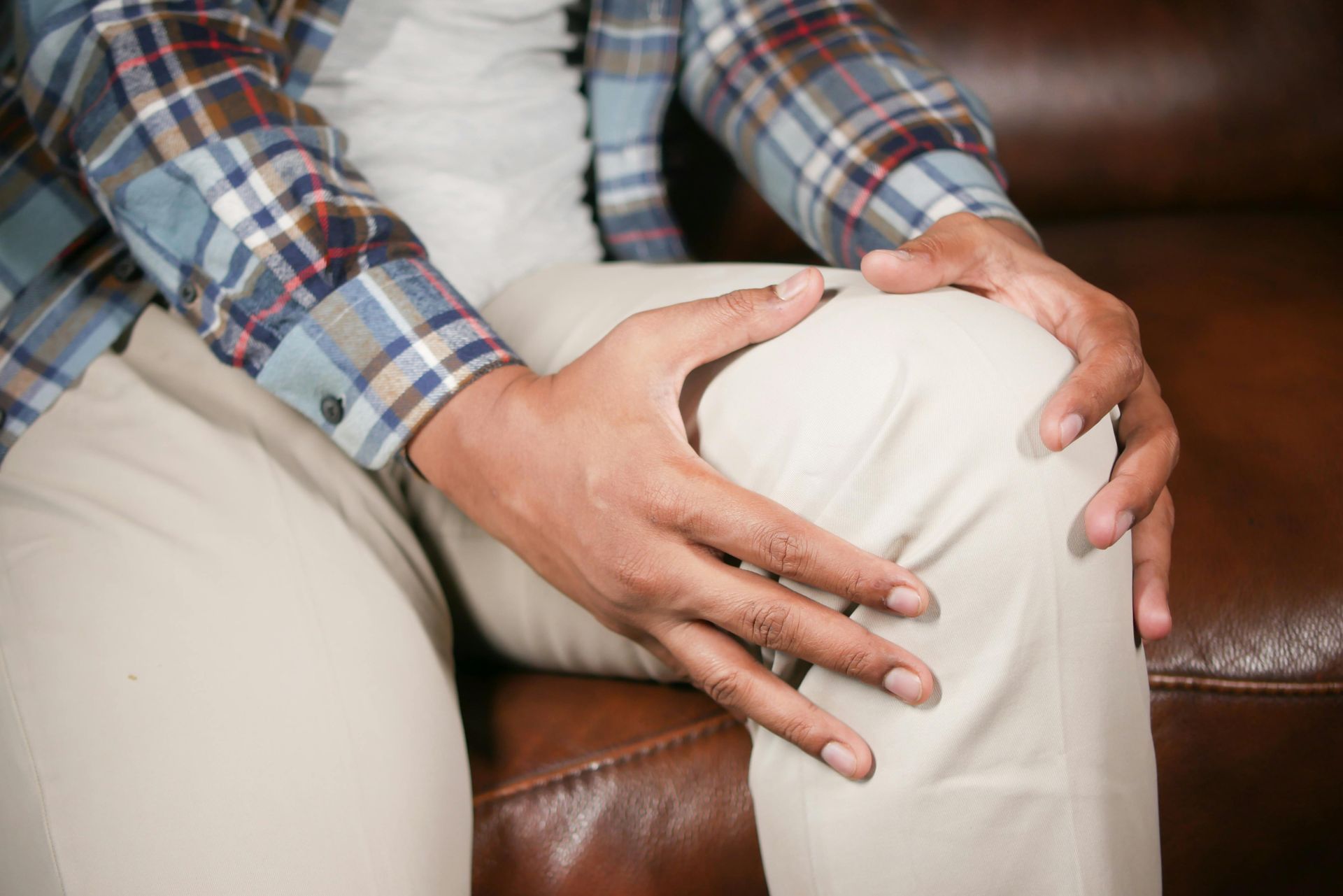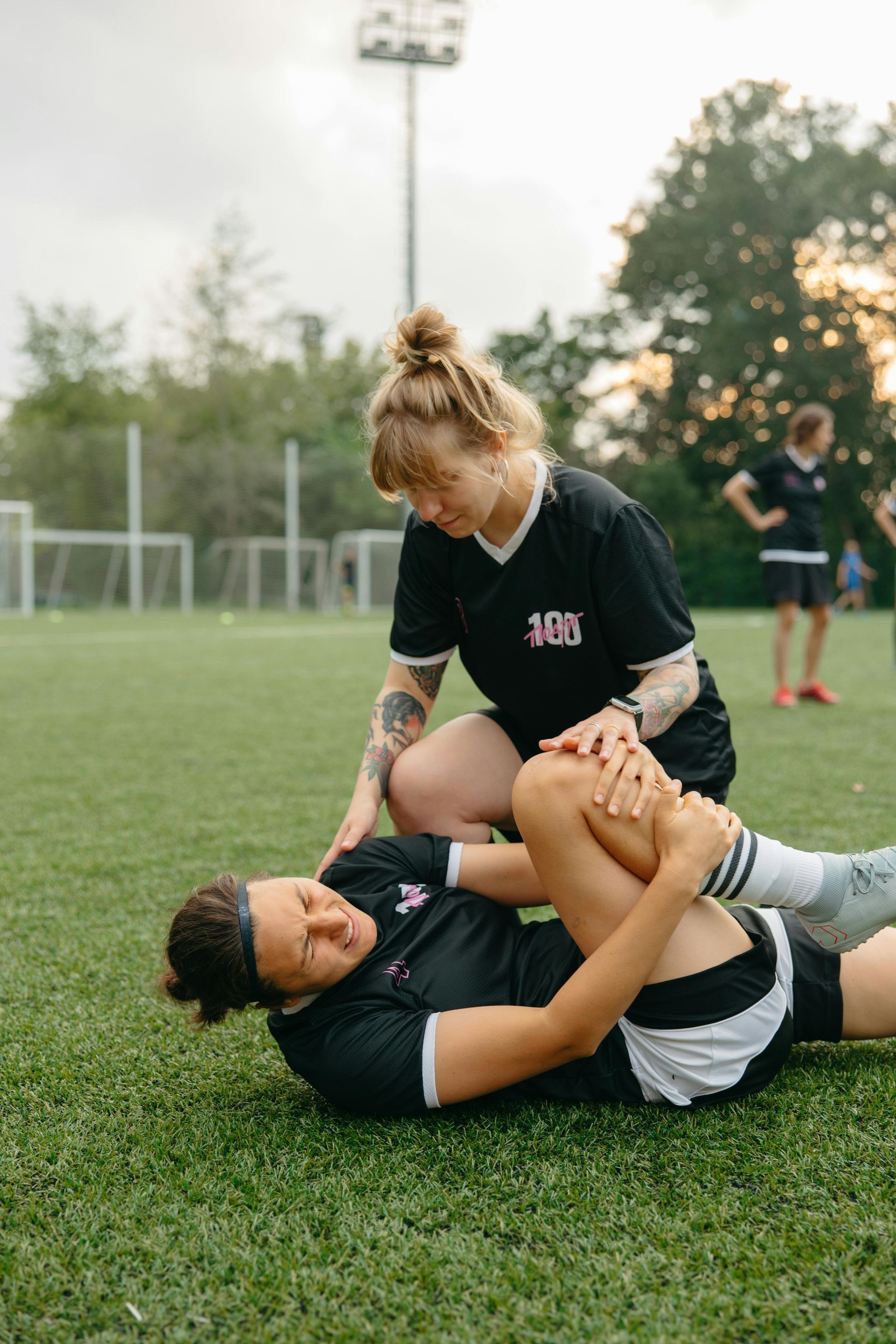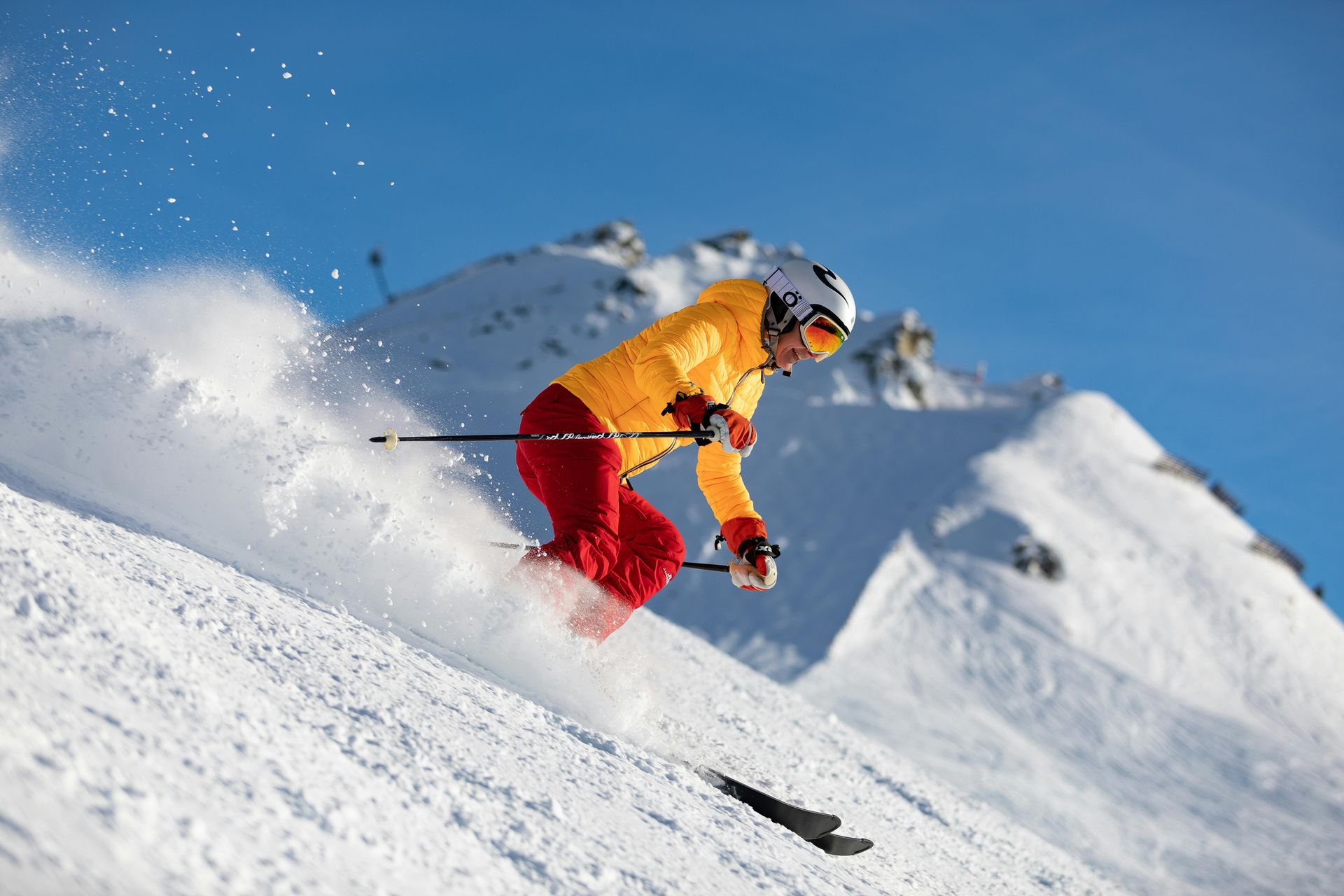MMA - Knee Health & Injuries
MMA has gained popularity over the past few years and has started to draw participants from across all backgrounds. The majority of participants are in the age range 16-35, but there are also many who are in the 35-50 age group and even older. MMA seems to provide its participants with a means of keeping fit whilst also acting as a means of venting the frustrations and tensions of daily life. However, it can also mean that knee injuries are sustained.
The actions and forces going through the knee joints during MMA are fairly unique owing to the combination of twists, kicks, drops and falls that are part of the discipline. It is common sense to expect twinges and bruises around the knee from just simple participation, but what about more serious injuries?
How do you optimise your knee health to avoid such injuries and what should be done if you get one?
Optimisation includes maximising the interaction between the quad muscles of the front of the thigh and the hamstring muscles at the back of the thigh as this will give balance around the knee joint. Dominance of either muscle group will contribute to risk of injury, so aim for a 50/50 strength and conditioning balance. Optimise the ability of the knees to absorb jumping or bounding impact by undertaking plyometric exercises as part of a strength and conditioning program. Tendon stretching as part of a warm-up/cool-down routine can also help protect the knee joints against tearing or rupture of the quadriceps or patella tendons during sudden accelerative or decelerative manoeuvres.
Active avoidance of injuries is of course difficult when participating in MMA, especially competitive bouts. The nature of the sport makes this almost impossible, but pre-optimisation of your knee health may lower the severity of any injuries that may occur.
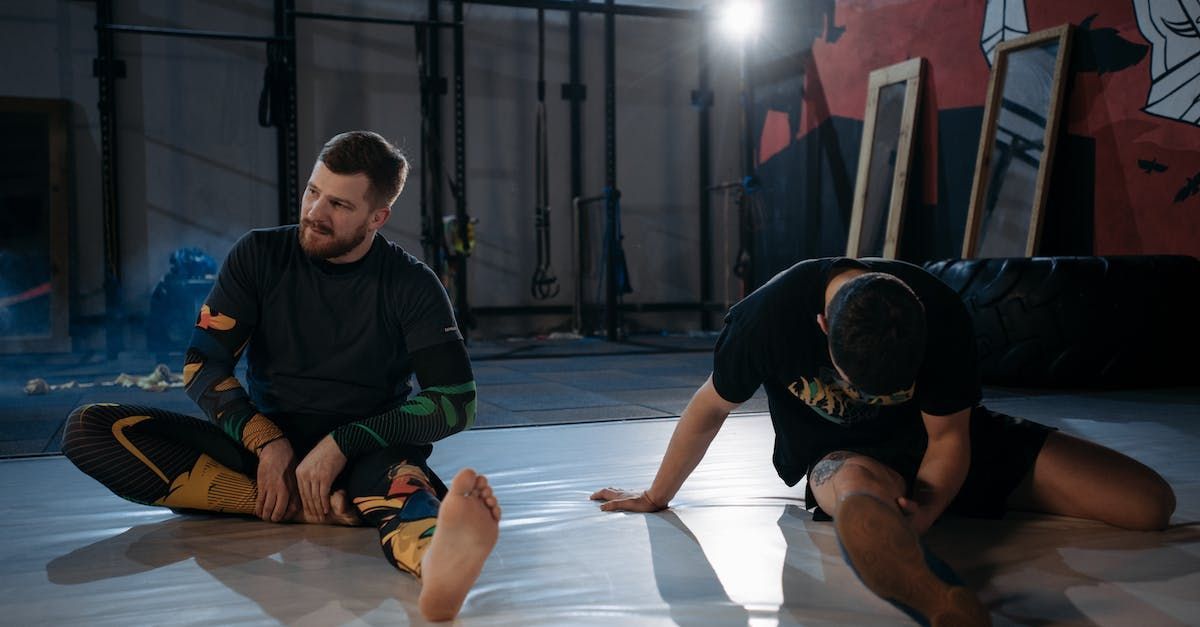
Typical knee injuries that may occur for MMA participants are as follows:
Disruption of structures within the knee joint:
The twisting and flexing nature of forces through the knee put some internal structures at risk of injury. These forces can sometimes be very minimal or innocuous, and the symptoms can also be subtle. Structures at risk of such injury are tears or splits to the meniscal cartilage and/or delamination injury to the chondral cartilage (surface cartilage). Often, symptoms present with pain at time of injury and then subsequent subtle swelling within the knee joint. Discomfort can be felt whilst weight-bearing, and occasionally the knee can “lock” or “jam” during certain manoeuvres. Whilst these injuries are serious, they can easily be ignored so getting a prompt diagnosis is advisable.
More severe injuries to structures within the knee can include tears or disruption to the anterior (and rarely posterior) cruciate ligaments (ACL/PCL). These injuries usually involve major disruptive forces applied across the joint in a rotational manner with audible “pops” or “crunches”, the patient can often feel a “separation” of the joint which then instantly reduces, and the joint usually swells severely over a short period of time. Such injuries can also include tears to the meniscal cartilage structures, and very occasionally can also include disruption to ligaments outside of the joint such as the medial or lateral collateral ligaments (MCL/LCL) in extreme situations. These injuries are serious and warrant “urgent” treatment and diagnosis, so ignore them at your own peril.
MMA participants suffer from a higher incidence of injuries to the knee-cap (patella) than any other sport, and often these injuries consist of a partial or total dislocation of the patella. The majority of these reduce or “pop back” as soon as the knee is straightened but this injury can include detachment of articular chondral cartilage fragments and ongoing repetitive instability of the patella. These are also serious injuries and “urgent” diagnosis should be sought.
Disruption of structures outside of the knee joint:
Essentially, the majority of these injuries relate to the medial or lateral collateral ligaments (MCL/LCL). The extreme rotational forces that go through the standing leg during kicks, and the extreme linear forces through the knee when the foot of the kicking leg makes contact with the opponent makes MCL injuries very common. Patients will often experience a tearing sensation followed by an “opening” of the inside of the knee joint and subsequent instabilty. LCL injuries are less common, but should be suspected if there is pain/swelling at the outside aspect of the knee following such injury. Injury to either MCL or LCL is serious and warrants “urgent” diagnosis and a discussion about treatment options. Most MCL injuries in isolation will heal without surgery if braced for 6-8 weeks but LCL disruptions are not so forgiving.
The two major tendons of the knee known as the quadriceps and patella tendons, which connect together the quad muscles to the knee-cap (patella) and then patella to the shin-bone (tibia) are also commonly injured during MMA bouts. Disruption to either the quadricep tendon or patella tendon is a serious injury and will render the individual unable to stand or walk. Both need urgent attention and should undergo urgent repair.
So, If you participate in MMA and are unlucky enough to suffer any of the described injuries above, or if you just have niggles and twinges which concern you, please get in touch with an expert in knee injury diagnosis who can also discuss the relevant treatment options.
The Leeds Knee Clinic offers such services with access to cutting edge diagnostic scanners, as well as working with top-rated private hospitals in Leeds. Please make enquiries below.
